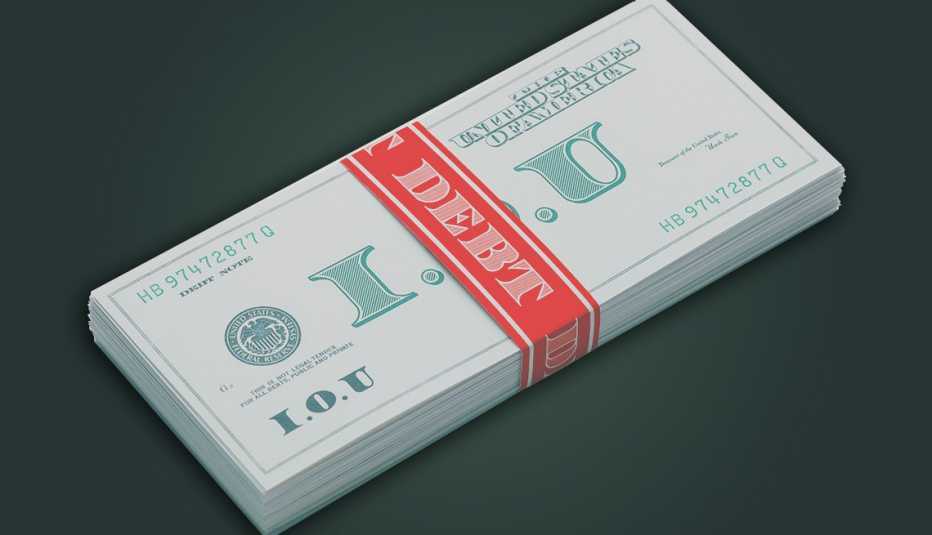Staying Fit
The coronavirus-driven stock market plunge was a punch in the gut to retirees who use their retirement savings to pay some of their bills. But a bear market doesn't have to deliver a knockout blow. Nest eggs that suffer cracks due to sinking markets aren't forever broken.
Whether you're looking for ways to withdraw from your savings without further depleting a mutual stock fund, or are searching for new ways to free up much-needed income, these suggestions may help your portfolio recover more quickly from the lightning bear market that clawed investors in March. Consider all your options before you take any actions; you may want to talk to a tax or financial advisor as well.


AARP Membership— $12 for your first year when you sign up for Automatic Renewal
Get instant access to members-only products and hundreds of discounts, a free second membership, and a subscription to AARP the Magazine.
"The starting point is to review your overall finances to determine what options you have,” advises Diahann Lassus, president and chief investment officer at Lassus Wherley. “The financial markets will recover over time, so anything you can do to slow down withdrawals will help you recover from the downturn.”
Increasing your cash flow
"Many retirees find themselves in a situation where the bills continue to roll in while the markets have shrunken the size of their nest egg, even if only for the short term,” says Kelly Waller, a financial adviser at Wells Fargo Advisors. If you can increase your cash flow, even temporarily, you can still pay your bills and avoid taking withdrawals when stock prices are low.
1. Spend less
You've heard that advice from any number of money scolds. But it's a lot easier to follow in our new shelter-at-home world. After all, if you're hunkered down at home, you're not spending money on dinner out or happy-hour drinks, or tickets to a sporting event or concert. Gas prices are down, and you're not filling your tank often. Every dollar not spent is a dollar that can be used for other things.
"With social distancing, most people can't spend as much as they did in pre-COVID-19 days,” says Anthony Ogorek, president and founder of Ogorek Wealth Management. “You may be surprised at how little you need to draw [from your retirement account] on a temporary basis."
2. Use your COVID-19 relief
If you're getting a 15 percent rebate from your auto insurer because of a drop in accidents, reduce the withdrawal from your 401(k) or retirement plan by that amount, Ogorek recommends. Similarly, if you get a coronavirus relief check, reduce your withdrawal by that amount.
If you have student loans, remember that under the CARES Act, no payments are required between March 13, 2020, and Sept. 30, 2020, on federal student loans that the U.S. Department of Education owns. In addition, the interest on these loans will automatically drop to zero percent between March 13, 2020, and Sept. 30, 2020. (Private student loans and federal student loans that the Education Department doesn't own aren't covered by the CARES Act.)



































































